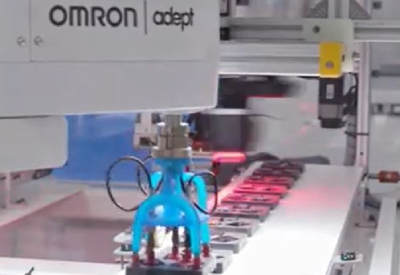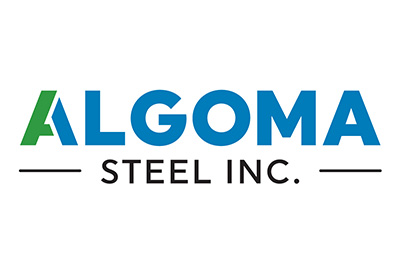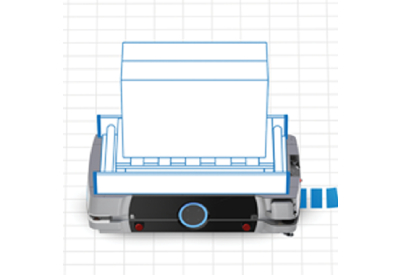Traditional Factories Have Data Needs Too by Omron

May 19, 2022



May 19, 2022


July 31. 2024 When it comes to protecting electrical components from harsh environments, NEMA 3R enclosures are a game-changer. These rugged electrical enclosures are designed to shield equipment from rain, sleet, and external ice formation, ensuring reliable performance even in challenging conditions. What Is NEMA 3R? Understanding the Rating NEMA 3R is a rating by the National Electrical…

Algoma Steel Inc. recently announced it is contributing $100,000 to Sault College to support the education and development of students pursuing careers in steel and other vital industries through the College’s innovative Bachelor of Engineering – Mechatronics program.

There are many reasons companies in the food and beverage industry choose collaborative robots when they increase the level of automation in their operations. Here are three factors for you to think about when considering automation in your own facility.
March 12, 2025 The world of autonomous mobile robots (AMRs) in rapidly growing and providing businesses with a range of exciting opportunities to streamline processes and increase operational efficiency. If you are just getting started with mobile robots, it can seem daunting to know where to begin. Fortunately, this article will provide you with the…

AMRs differ among automation vendors, so it’s important to have a good grasp on the specific features of each version of the technology and whether these will address the specific needs of your application. Certain AMRs have capabilities that make them more likely to offer the greatest value in any application and help logistics companies prepare for the future. This article looks at three questions that will help you determine whether a specific mobile robotic technology is right for you.
May 31, 2023 Guillevin is one of Canada’s largest distributors of electrical products. Founded in 1906 by François-Xavier Guillevin in Montreal, Quebec, they have enjoyed considerable expansion to become a leading distributor of electrical materials and products. Growth is something Guillevin is familiar with, and since their founding, they have opened numerous locations across Quebec…
March 28, 2025 By Elle Bremmer During a recent visit to ABB’s facility in Pointe-Claire, dubbed T-CAN after its location alongside the Trans-Canadian highway, Elle Bremmer, Managing Editor at Kerrwil Media Ltd. saw firsthand how automation is shaping the future of manufacturing. Specializing in plastic injection molding, the plant produces key products for ABB, such… Read More…
March 26, 2025 As we enter 2025, Canadian industries are facing a rapidly shifting economic landscape shaped by fluctuating trade policies, rising costs, and ongoing supply chain disruptions. From industrial manufacturing to technology and energy, businesses are adjusting their strategies to remain competitive in the face of uncertainty. Despite economic pressures, Canada’s industrial sectors are… Read More…

In today’s fast-paced manufacturing and logistics industries, the need for efficient and flexible material movement solutions has never been greater. Traditional methods like conveyor systems, forklifts, and manual pushcarts have served us well, but they come with limitations.
That’s why Omron is thrilled to announce the launch of their game-changing MD Series of Autonomous Mobile Robots (AMRs). Read more
March 27, 2025 Safety Wheel Drive is an innovative all-in-one solution combining a wheel, gearbox, motor, safety encoder, and safety drive to streamline the integration of powered motion into any type of industrial mobile platform. IDEC Corporation is expanding its ez-Wheel® product family with the new SWD® Safety Wheel Drive. The increasing demand for automated… Read More…
March 27, 2025 Endress+Hauser is launching the next generation of Dosimag and Dosimass, its OEM specific flowmeters for filling applications, which now can be ordered with IO-Link connectivity – a world first for this class of liquid measurement instrument. This new lineup provides best-in-class filling and batching performance, with high precision and repeatability and… Read More…